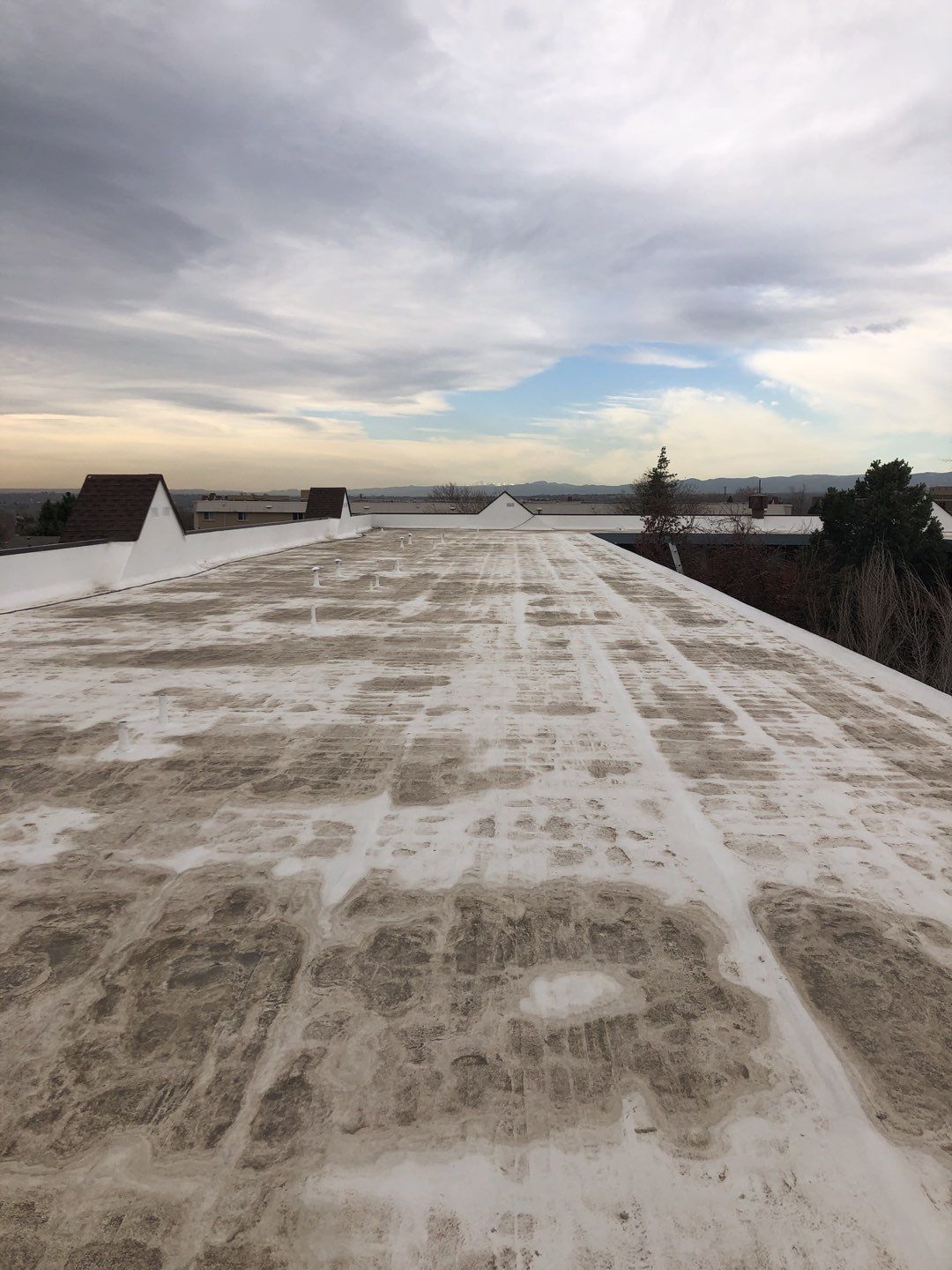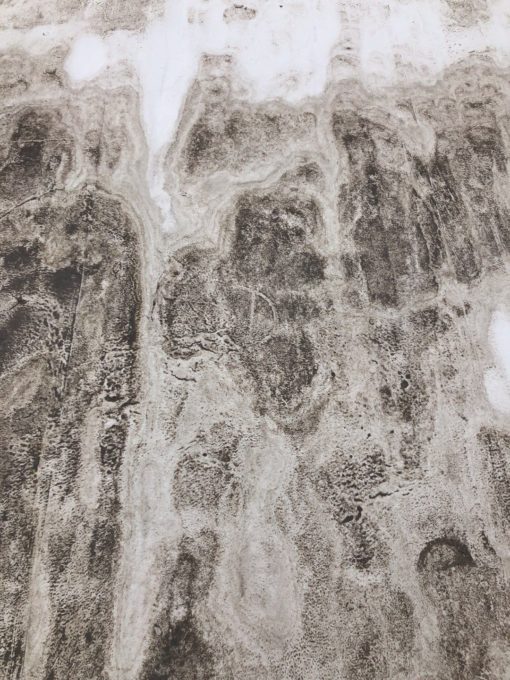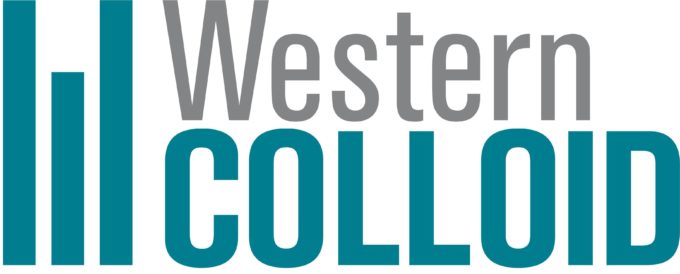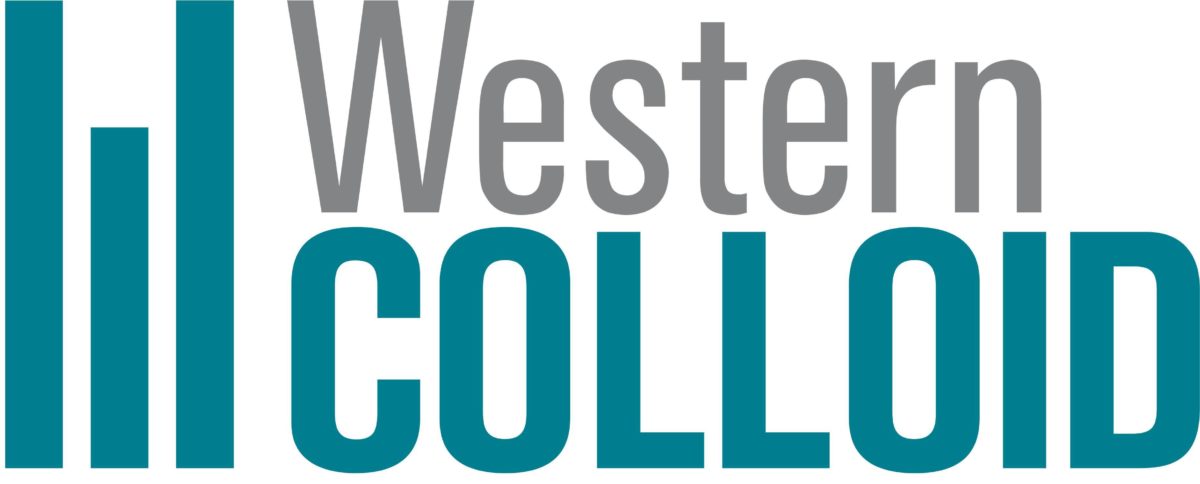
Surviving the Elements – What a Roof Goes Through
How understanding the environment helps you make the right decisions for your property’s roof.
More than any other component of a building, roofs are exposed to damaging environmental elements such as ultraviolet (UV) radiation, harsh weather conditions and significant temperature changes.
These conditions leave roofing materials subject to deterioration that can affect a roofs water-shedding performance and cause premature failing. It’s critical that building owners understand that roofs need to withstand these forces and if they can’t, it can be both disruptive and costly.
Here are key conditions that should be discussed during the roofing process.
Thermal shock
Thermal shock is the result of rapid changes in temperature causing stress to roofing system materials. The surface layers contract against the inner layers, leading to the development of tensile stress and crack propagation.
Rapid expansion or contraction can damage materials with lost elasticity. Since different parts of a roofing system expand and contract at different rates, simultaneous movements caused by extreme temperature changes can cause problems.
With a roof’s surface temperature being naturally hotter than the ambient temperature, a sudden drop of 30-50 degrees will stress a roof.

How thermal shock works
New roofs aren’t that susceptible to thermal shock because they’re still flexible, but as materials age, they will lose their elasticity and ability to expand and contract. As a result, fatigued materials are likely to incur damage during extreme temperature changes.
Different materials have different levels of thermal expansion and contraction, meaning one material will change size due to temperature differently than another. With a roofing assembly consisting of underlayment membrane, insulation, adhesive, fasteners and top membranes, materials move at different rates.
Thermal shock resistance is the property of a material that makes it resistant to rapid temperature changes. Materials with high thermal shock resistance properties, such as fluid or liquid applied roofing, can better withstand wide temperature variations.
UV
Roofing systems primarily made of chemicals like metal, modified bitumen or a single-ply membrane. We know that both infrared and UV radiation work against those chemicals, degrading them over time and causing brittle surfaces.
Building owners can combat UV radiation with reflective material products.
Wind
Wind exerts forces on roofing, particularly taller structures and exposed roofing surfaces. Since the kinetic energy of wind and the resulting pressures scale as the square of the wind velocity, high-wind areas require careful attention. Beyond the concern for catastrophic failure of roofing due to wind, periodic vibrations of roofing materials can lead to material fatigue and crack formation.
Harmful chemicals and organic materials
When gasses like oxides of carbon, sulfur and nitrogen dissolve in water, acids are formed and promote corrosive chemical reactions.
Deposits on roofing originate with dry and wet deposition from the atmosphere. Products of combustion such as soot, unburned hydrocarbons and fly ash are expected as well. In coastal areas sea salt is expected, as are organic compounds emitted by vegetation such as spores produced by plants and fungi. Due to the cleansing effects of rainwater, one expects that deposits on roofing may be depleted of water-soluble components.
Signs that a roof is at risk
Tiny fractures, while common in the aging process of a roofing system, could indicate that roofing materials are drying out. However fractures don’t always mean a roof needs replacing.
The fractures contractors will want to pay particular attention to are those in the roof membrane and in areas where there’s a transition from horizontal to vertical. Sudden movement of materials in transition areas may loosen the flashing, creating gaps that let in water.
One of the biggest solutions to repair a damaged and aging roof is fluid applied reinforced roofing. It’s non-toxic for the environment as there are no harmful fumes or fire hazards. With its reflectivity, resistance to chemicals and elastomeric qualities it is the number one solution for any commercial roofing project.
If you are looking for a roofing system, consider Western Colloid’s fluid applied reinforced roofing system. Contact us today for more details or if you have any questions about our roofing products.


